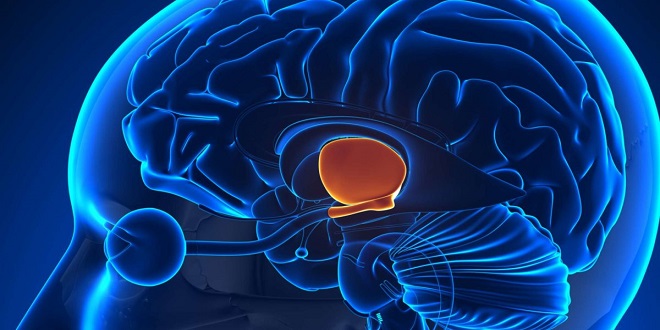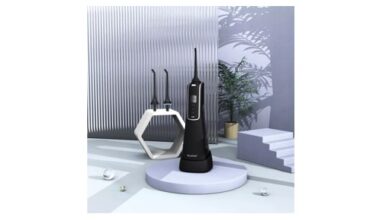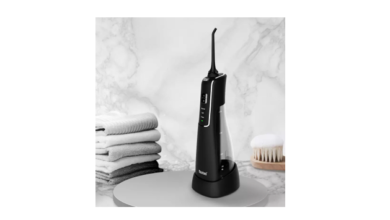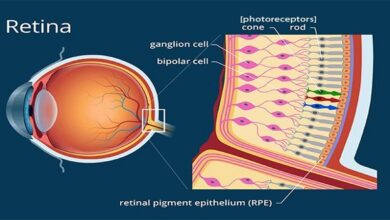Hypothalamic Regulation of Hormonal Functions

Introduction
Many of the complex autonomic mechanisms that maintain the chemical constancy and temperature of the internal environment are integrated in the hypothalamus. The hypothalamus also functions with the limbic system as a unit that regulates emotional and instinctual behavior.
Hypothalamus: anatomic considerations
The hypothalamus is the portion of the anterior end of the diencephalon that lies below the hypothalamic sulcus and in front of the interpeduncular nuclei. It is divided into a variety of nuclei and nuclear areas.
Afferent & efferent connections of the hypothalamus
The principal afferent and efferent neural pathways to and from the hypothalamus are mostly unmyelinated. Many connect the hypothalamus to the limbic system. Important connections also exist between the hypothalamus and nuclei in the midbrain tegmentum, pons, and hindbrain.
Relation to the pituitary gland
There are neural connections between the hypothalamus and the posterior lobe of the pituitary gland and vascular connections between the hypothalamus and the anterior lobe. Embryologically, the posterior pituitary arises as an evagination of the floor of the third ventricle. It is made up in large part of the endings of axons that arise from cell bodies in the supraoptic and paraventricular nuclei and pass to the posterior pituitary via the hypothalamohypophysial tract. Most of the supraoptic fibers end in the posterior lobe itself, whereas some of the paraventricular fibers end in the median eminence. The anterior and intermediate lobes of the pituitary arise in the embryo from the Rathke pouch, an evagination from the roof of the pharynx.
Hypothalamic function
The major functions of the hypothalamus are summarized. Some are fairly clear-cut visceral reflexes, and others include complex behavioral and emotional reactions; however, all involve a particular response to a particular stimulus. It is important to keep this in mind in considering hypothalamic function.
Thirst
Another appetitive mechanism under hypothalamic control is thirst. Drinking is regulated by plasma osmolality and extracellular fluid (ECF) volume in much the same fashion as vasopressin secretion. Water intake is increased by the increased effective osmotic pressure of the plasma, by decreases in ECF volume, and by psychological and other factors. Osmolality acts via osmoreceptors, receptors that sense the osmolality of the body fluids. These osmoreceptors are located in the anterior hypothalamus.
Other factors regulating water intake
A number of other well-established factors contribute to the regulation of water intake. Psychological and social factors are important. Dryness of the pharyngeal mucous membrane causes a sensation of thirst. Patients in whom fluid intake must be restricted sometimes get appreciable relief of thirst by sucking ice chips or a wet cloth.
Summary
Neural connections run between the hypothalamus and the posterior lobe of the pituitary gland, and vascular connections between the hypothalamus and the anterior lobe of the pituitary.
The anterior pituitary secretes six hormones: adrenocorticotropic hormone (corticotropin, ACTH), thyroid-stimulating hormone (thyrotrophic, TSH), growth hormone, follicle-stimulating hormone (FSH), luteinizing hormone (LH), and prolactin (PRL).





